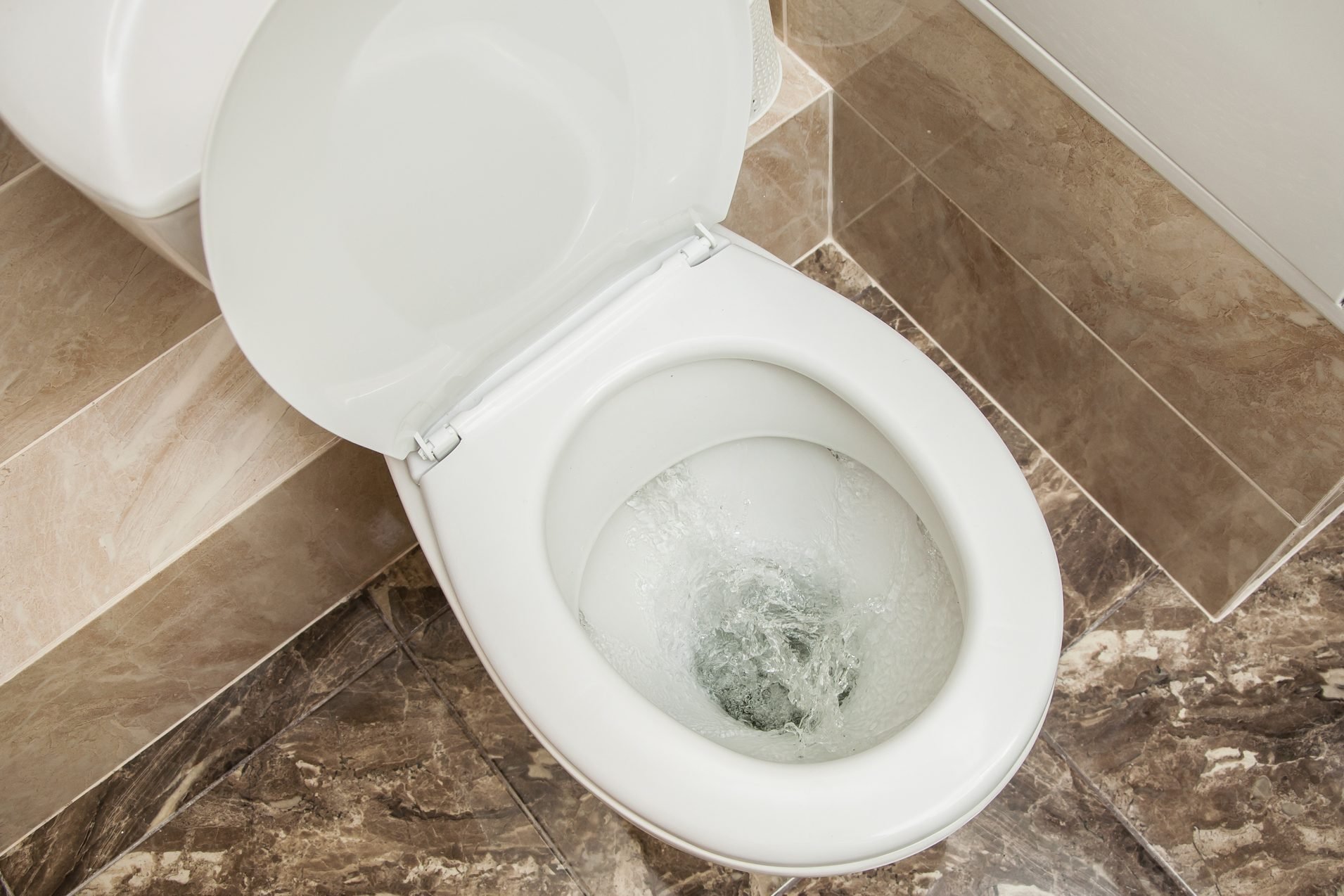
How to Adjust Water Level in Toilet Bowl: A Simple Guide
Share

Introduction
As a tech professional or enthusiast, you may not often find yourself delving into the world of home plumbing, yet understanding the basic mechanisms can be surprisingly satisfyingand practical. A crucial aspect of toilet maintenance is knowing how to adjust the water level in the toilet bowl. This adjustment is essential for maintaining proper flushing efficiency and water conservation, and it can even help in diagnosing and preventing common plumbing issues.
Understanding the Importance of Water Level
Adjusting the water level in your toilet bowl is more than just routine maintenanceit's about optimizing your toilet's performance. If the water level is too high, it can lead to overflows; too low, and it compromises the toilet's flushing power. For tech enthusiasts, this is akin to fine-tuning a smart home device for optimum performance.
Causes of Improper Water Levels
Several factors might lead to a discrepancy in your toilet's water level. It could be due to a malfunctioning float mechanism, a faulty fill valve, or even sediment buildup in the toilet tank. Understanding these causes can guide you in making precise adjustments.
Step-by-Step Guide: How to Adjust Water Level in Toilet Bowl
Step 1: Turn Off the Water Supply
Always start by turning off the water supply to prevent accidental flooding. This will help you work more safely and ensure accurate adjustments.
Step 2: Open the Toilet Tank
Carefully remove the toilet tank lid and place it on a safe surface. Take a moment to familiarize yourself with the different components inside the tank.
Step 3: Identify the Float and Fill Valve
The key players in setting the water level are the float (which rises with the water level) and the fill valve (which controls the influx of water). Adjust these components as necessary for optimal water levels.
To adjust the fill valve, many modern toilets have a screw located at the top of the fill valve. Turning this screw clockwise typically lowers the water level, while counterclockwise will raise it.
Common Issues and Solutions
Persistent High Water Levels
Continuous high water levels could suggest leakage or a need for fill valve replacement.
Low Water Levels
If adjustments don't fix low water levels, consider checking for obstructions within the water line or malfunctioning components.
Advanced Tips for Tech Enthusiasts
For those interested in integrating smart technologies, aftermarket products, such as smart fill valves, can give you automated control over your toilet's water level, further transforming your space into a future-ready smart home.
In Conclusion
Adjusting your toilet's water level is a straightforward yet vital task that blends practical skills with technological insights. For tech professionals and enthusiasts, mastering this simple guide can improve your home's plumbing efficiency and enhance your DIY proficiency.

FAQ
Is it difficult to adjust the water level in my toilet bowl?
With the proper understanding and tools, adjusting the water level can be a straightforward DIY task.
Why does my toilet have persistent water level issues?
This could be due to faulty parts like the fill valve or possible leaks that require more detailed investigation.
Can technology assist in maintaining toilet water levels?
Yes, smart home devices, such as automated fill valves, offer precise control, blending convenience with innovation.
